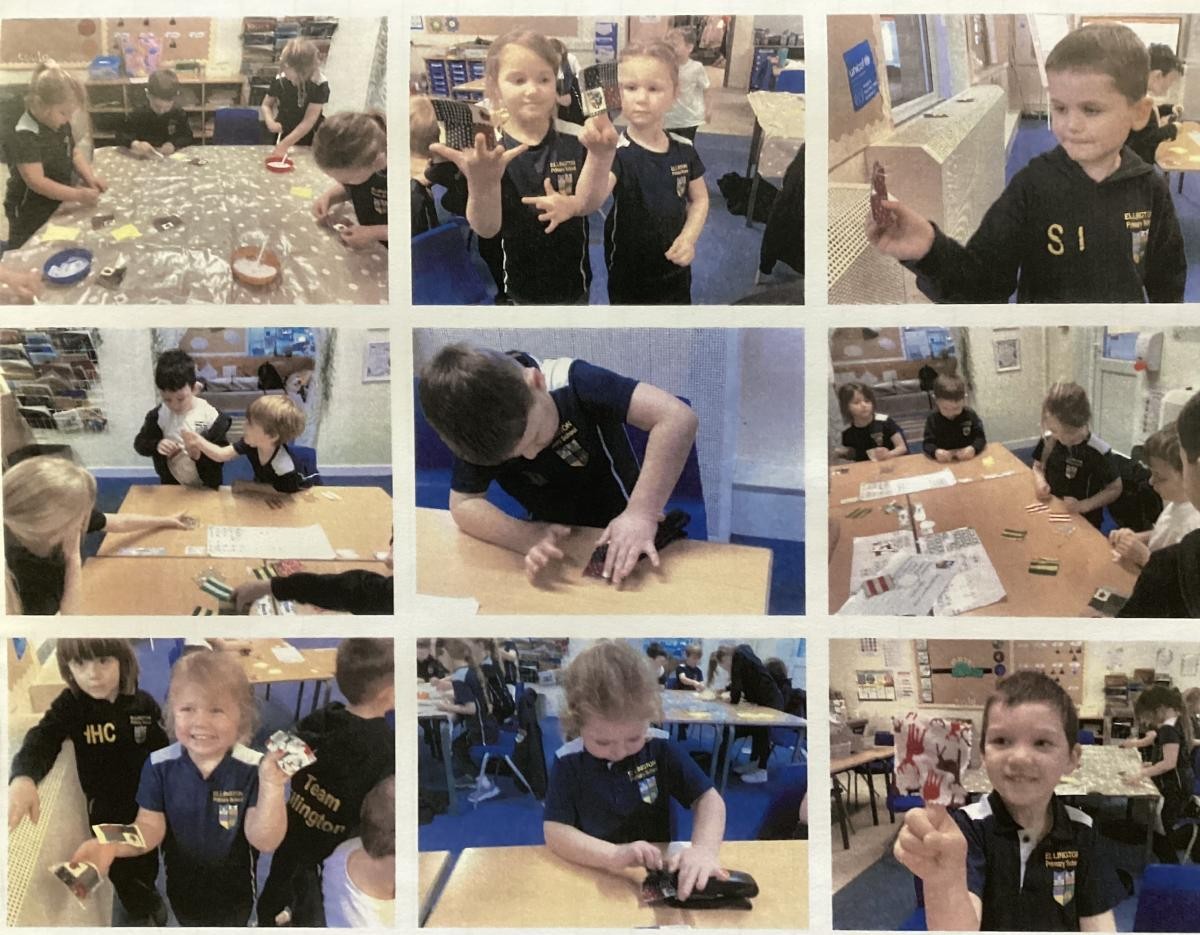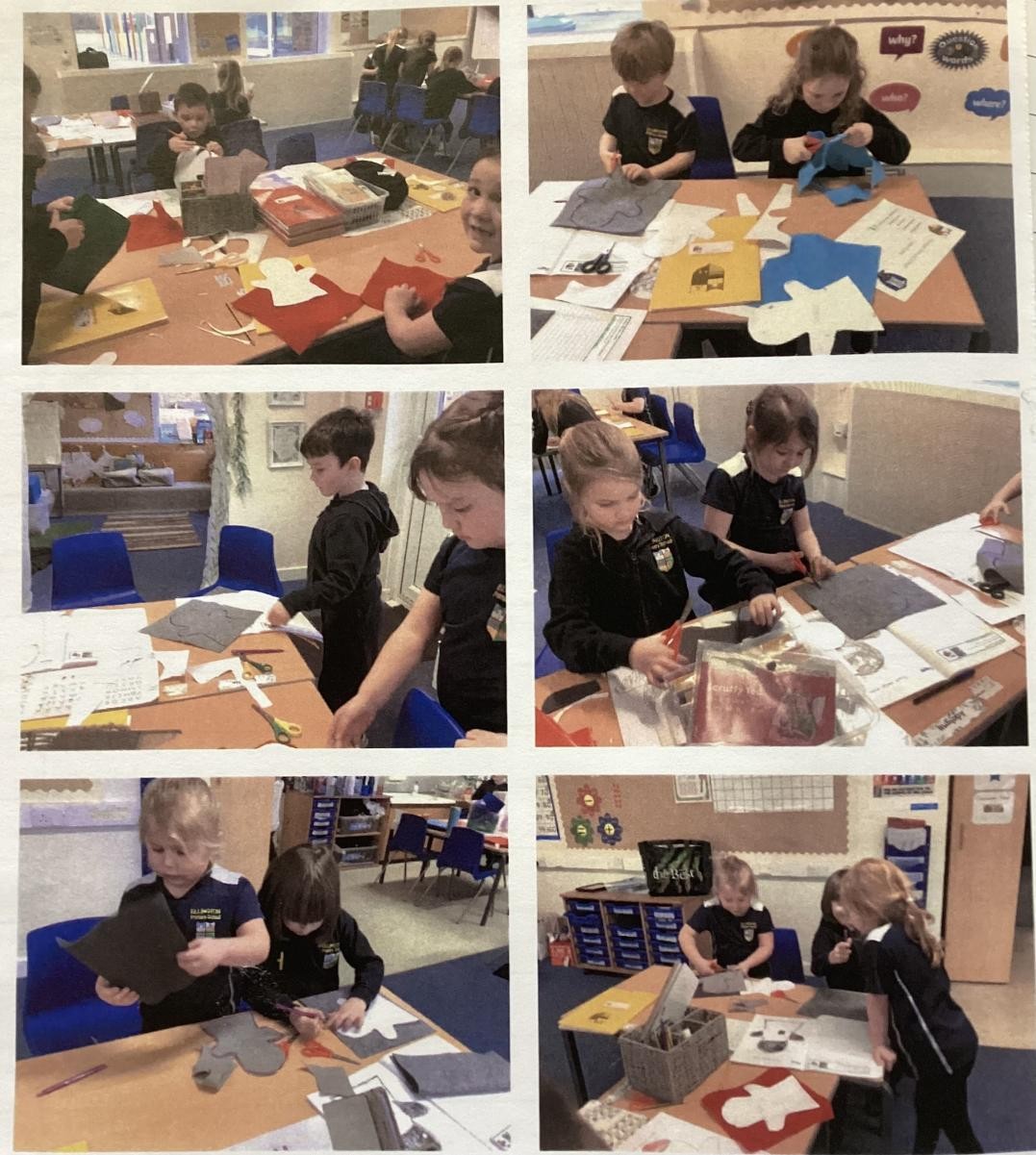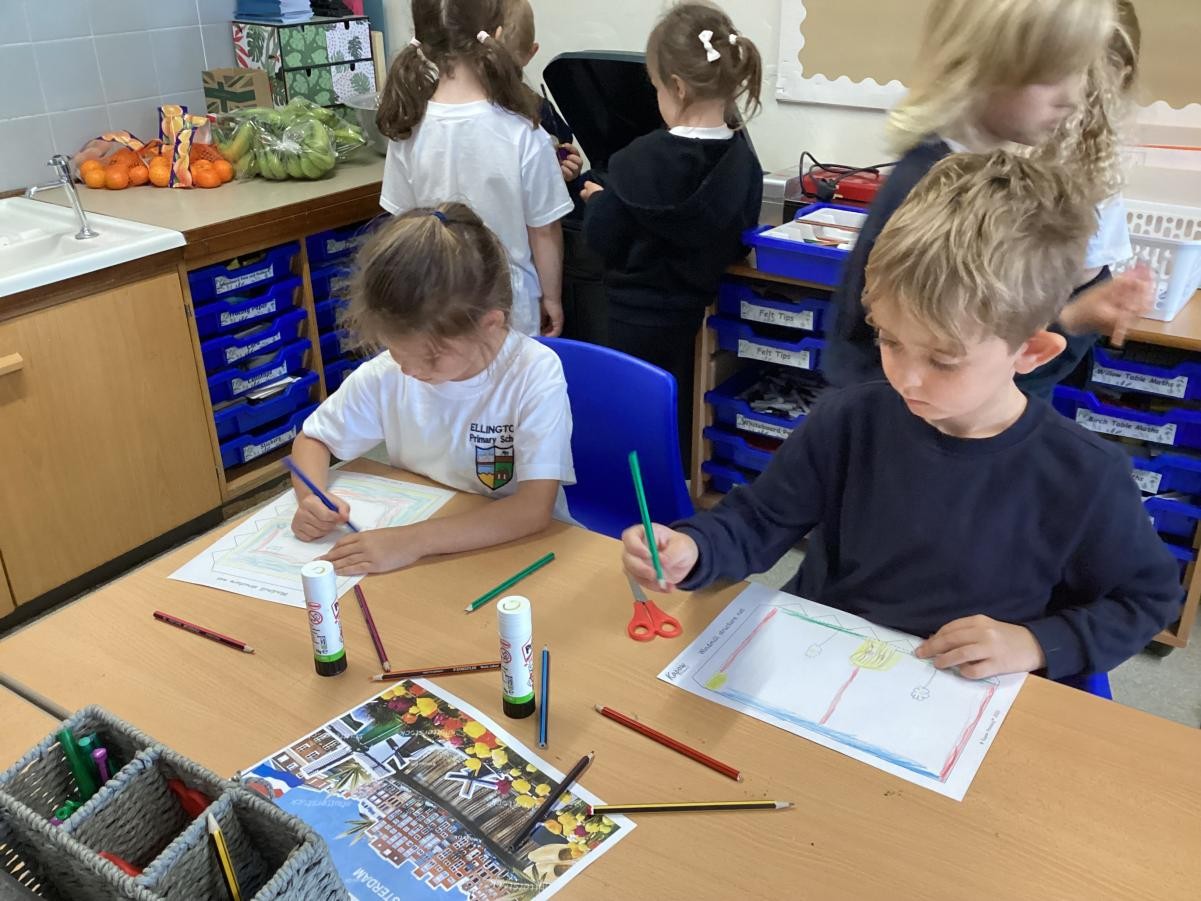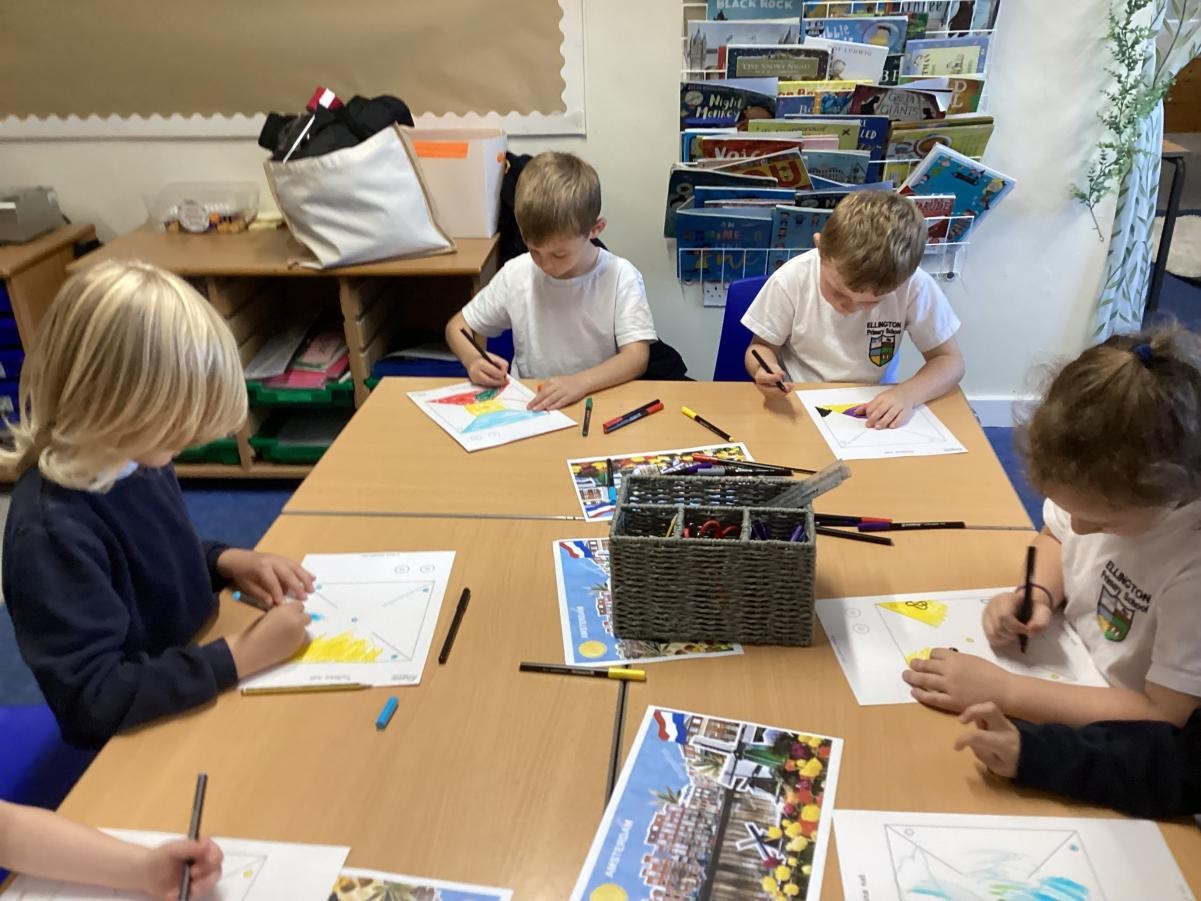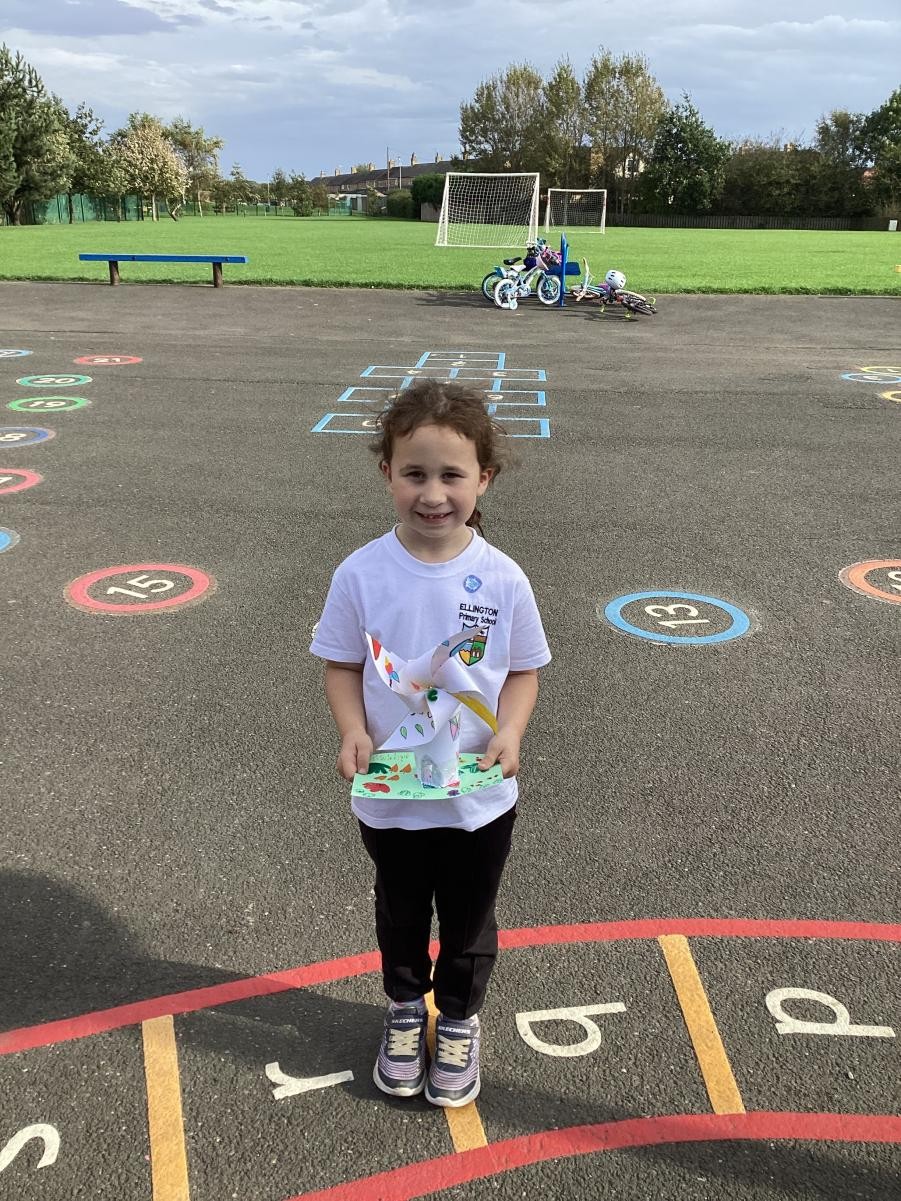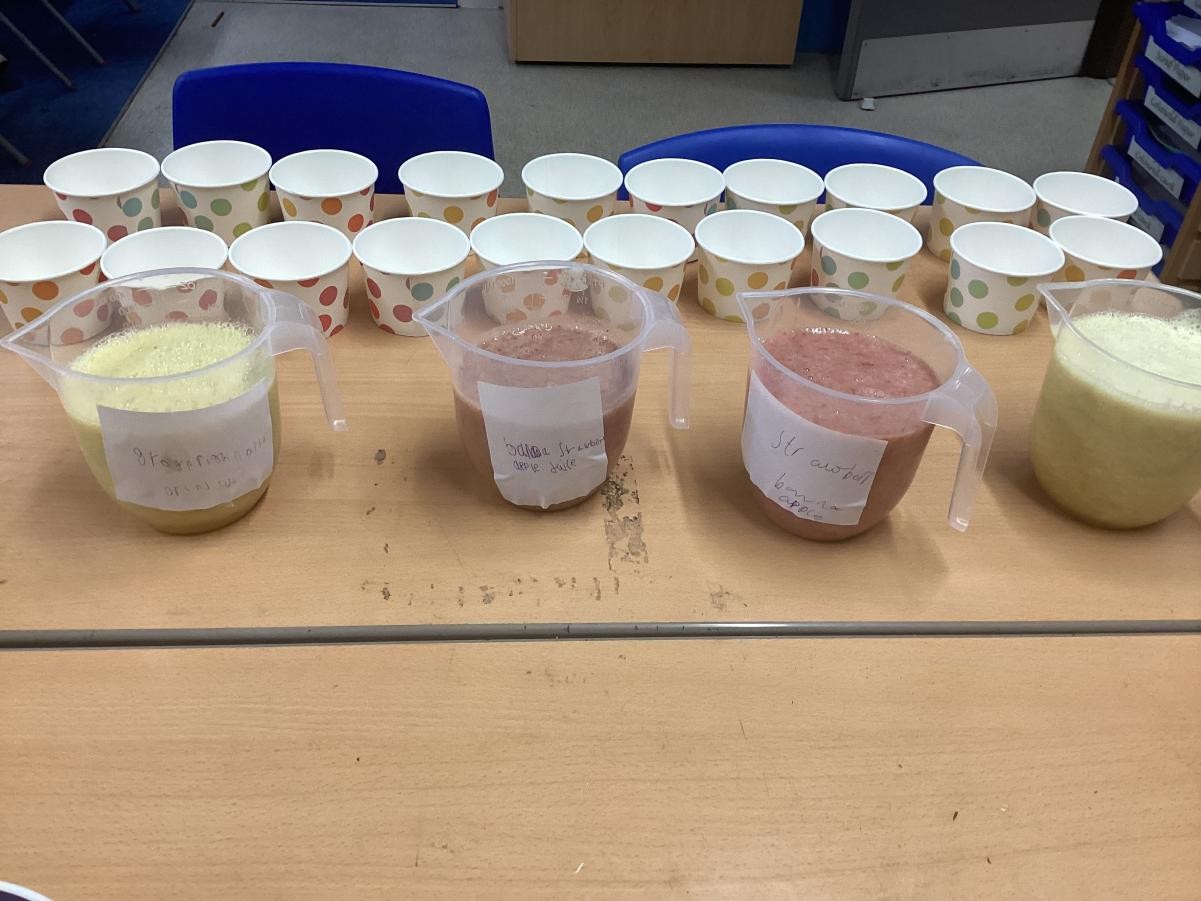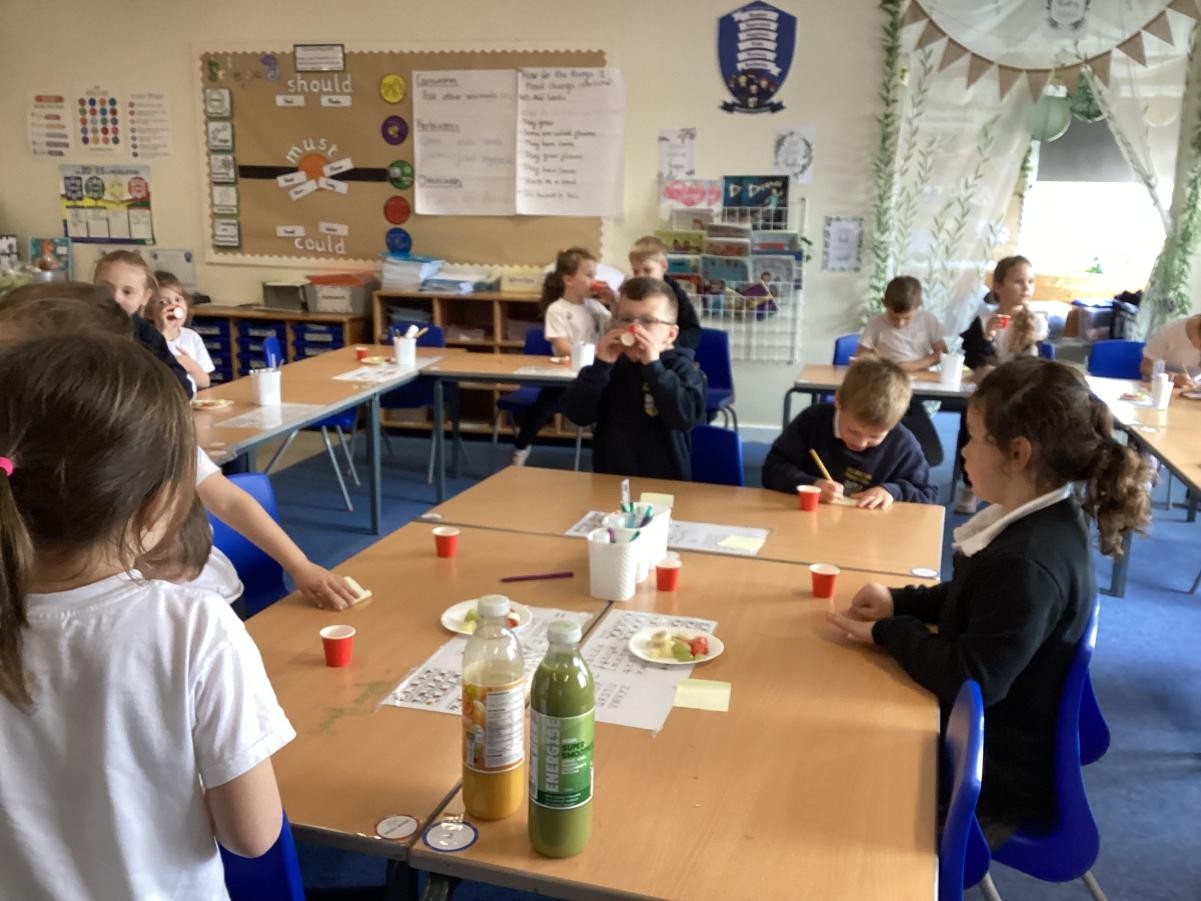We aim to provide children with a DT education that is relevant in our rapidly changing world and a curriculum that embodies our school intent, which is that we intend to provide a wide range of inclusive opportunities, that ensure our children have a secure body of knowledge and effective critical thinking skills, which enable them to lead life with the highest of aspirations and contribute to life in modern Britain and the global community.
Through our DT curriculum we aspire for our pupils to think independently and have high aspirations. We aim to provide opportunities for pupils to discover what is possible through designing and making innovative products. We strive to push the limits and ask children to use their research to design and make innovative, creative products and want our pupils to be problems solvers.
Through our DT curriculum we ensure that pupils will have opportunities to work with a wide range of mediums: textiles, food, woodwork and mechanisms. We have a knowledge rich scheme of work guided by the National Curriculum.
Our Design and Technology Curriculum will enable pupils to:
-
Conduct research and look at similar models.
-
Research and find out about designers, chefs, engineers
-
Acquire skills of cutting, making, constructing, gluing and making
-
Create detailed designs with annotations for products they will make
-
Review designs and create final designs
-
Use Computer Aided Design
-
Evaluate their products
-
Develop their knowledge of products and designers
-
Consider the impact of products on the environment
-
Explore audience, purpose and function
-
Understand the importance of aesthetics when designing products
Design & Technology S-Plan
This is our Design and Technology S-Plan. Every child has a copy in their D.T. workbooks.
It allows the children to see what their learning journey looks like, from EYFS to Year 6, and to make connections between the units they will study and the knowledge and skills that they will learn, use, and apply.
Year 1’s Design and Technology challenge was to choose a storybook character and design and make it into a hand puppet. During this unit they learned how to:
Join fabrics together using pins, staples or glue.
Design a puppet and use a template.
Join their two puppets’ faces together as one.
Decorate a puppet to match their design.
Pupils worked towards:
Producing a suitable plan for each page of their book.
Producing the structure of the book.
Assembling the components necessary for all their structures/mechanisms.
Hiding the mechanical elements with more layers using spacers where needed.
Using a range of mechanisms and structures to illustrate their story and make it interactive for the users.
Using appropriate materials and captions to illustrate the story.
Our Year 4 children were investigating MECHANICAL SYSTEMS on their latest Design and Technology day.
First, they looked at, and discussed, how car designs have developed over many years, for example, horse and cart to engine-powered cars. They learned that a chassis is the frame of a car on which everything else is built and how all moving things have kinetic energy-the energy that something (an object or person) has by being in motion, e.g., the energy that a swing has to keep moving; any object in motion uses kinetic energy.
Their design brief: to make a self-powered ‘slingshot car’, including the design and construction of the car body.
Their enthusiasm was contagious as they worked to produce an accurate, functioning car chassis and design a suitable car body to cover it by drawing a net to create a structure from, including tabs on their net so that they could secure them to the panels of the chassis. They chose shapes that would increase or decrease the speed of the car as a result of air resistance, adding graphics to personalise their design.
They assembled and tested their completed product and evaluated the speed of their design based on the understanding that some cars are faster than others as a result of:
- Body shape.
- Stored energy in the elastic band.
- Accuracy of the angle in the chassis and axle.`
Look at some of their cars. What AMAZING children we have here in Ellington Primary School!



